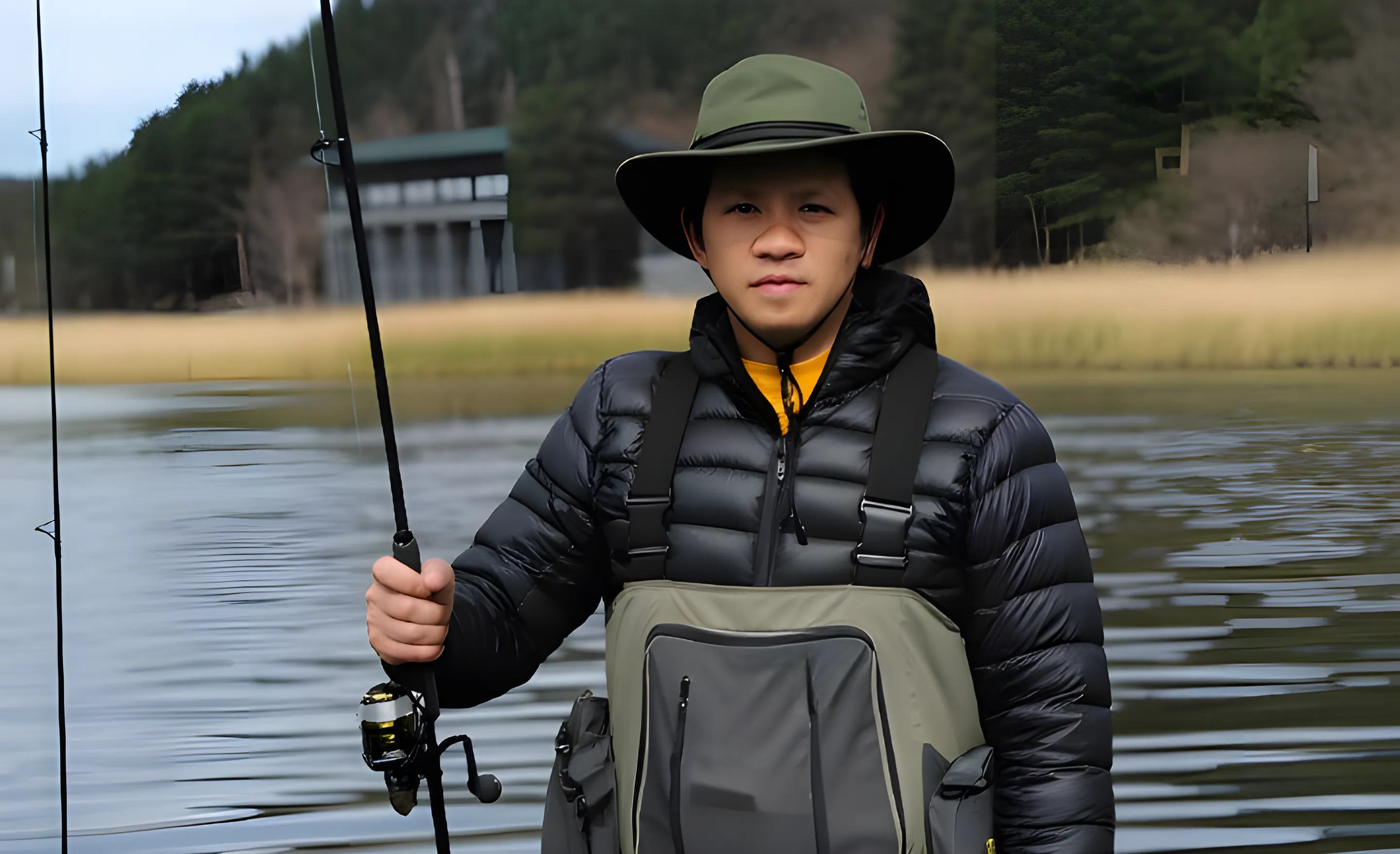The Ultimate Guide: How to Choose the Best Fishing Line for Bass in 2025
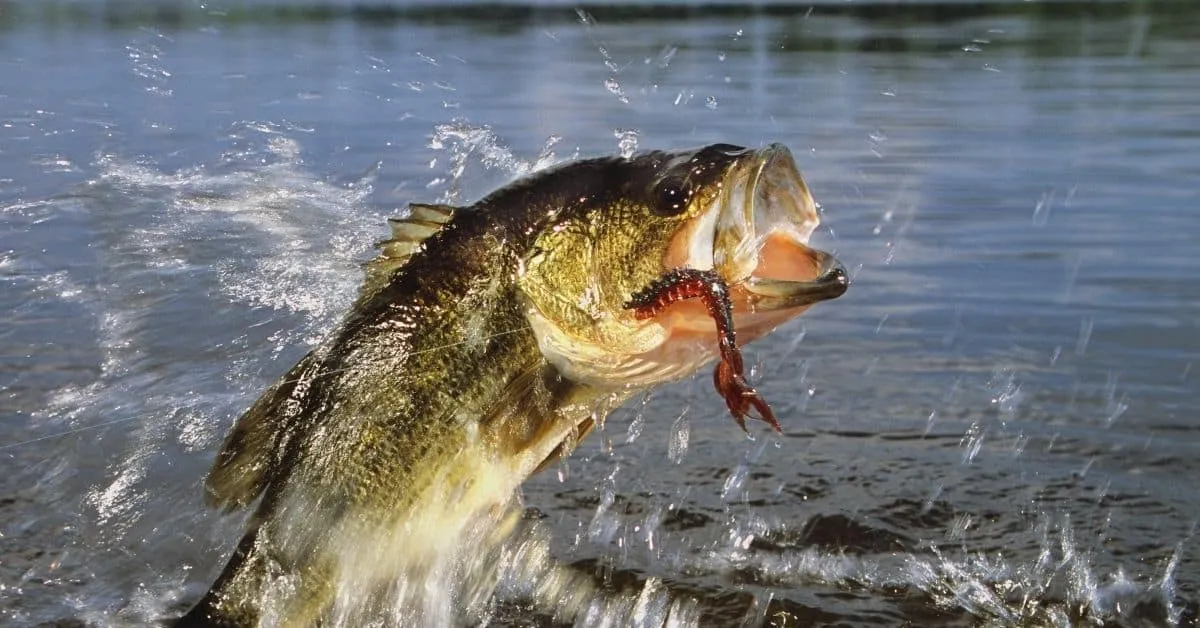
Most anglers obsess over the perfect lure or the lightest rod, but the single most critical piece of gear is often an afterthought. At Riversiderelics.com, we've learned from experience that mastery lies in the details. After a heartbreaking line snap cost me a personal-best fish years ago, I made it my mission to understand every nuance of my setup. Choosing the best fishing line for bass isn't about brand loyalty; it's about matching the right line to the water, the technique, and the cover. This guide is built on those hard-won lessons to help you turn that simple string into your most powerful tool on the water.
Mono vs. Fluoro vs. Braid: A Quick Comparison
To find the best fishing line for bass, you first need to understand your three main options. Each has unique strengths and weaknesses.
For a quick decision, here’s a comparison table:
| Feature | Monofilament (Mono) | Fluorocarbon (Fluoro) | Braided Line (Braid) |
| Stretch | High | Low | Zero |
| Visibility | Low (but visible) | Very Low (nearly invisible) | High |
| Sensitivity | Low | High | Excellent |
| Abrasion Resistance | Good | Excellent | Fair (but very strong) |
| Buoyancy | Floats | Sinks | Floats |
| Best For | Topwater lures, beginners, budget-friendly setups | Finesse techniques, clear water, crankbaits | Heavy cover, frogging, long casts |
Choosing the Right Line Type for Bass
Monofilament (Mono): The Forgiving All-Rounder
This is the stretchy, easy-to-handle line perfect for beginners. I still use monofilament for topwater lures like poppers because the stretch provides a crucial split-second delay, improving hookup ratios with treble hooks. Plus, it floats, keeping your lure in the strike zone.
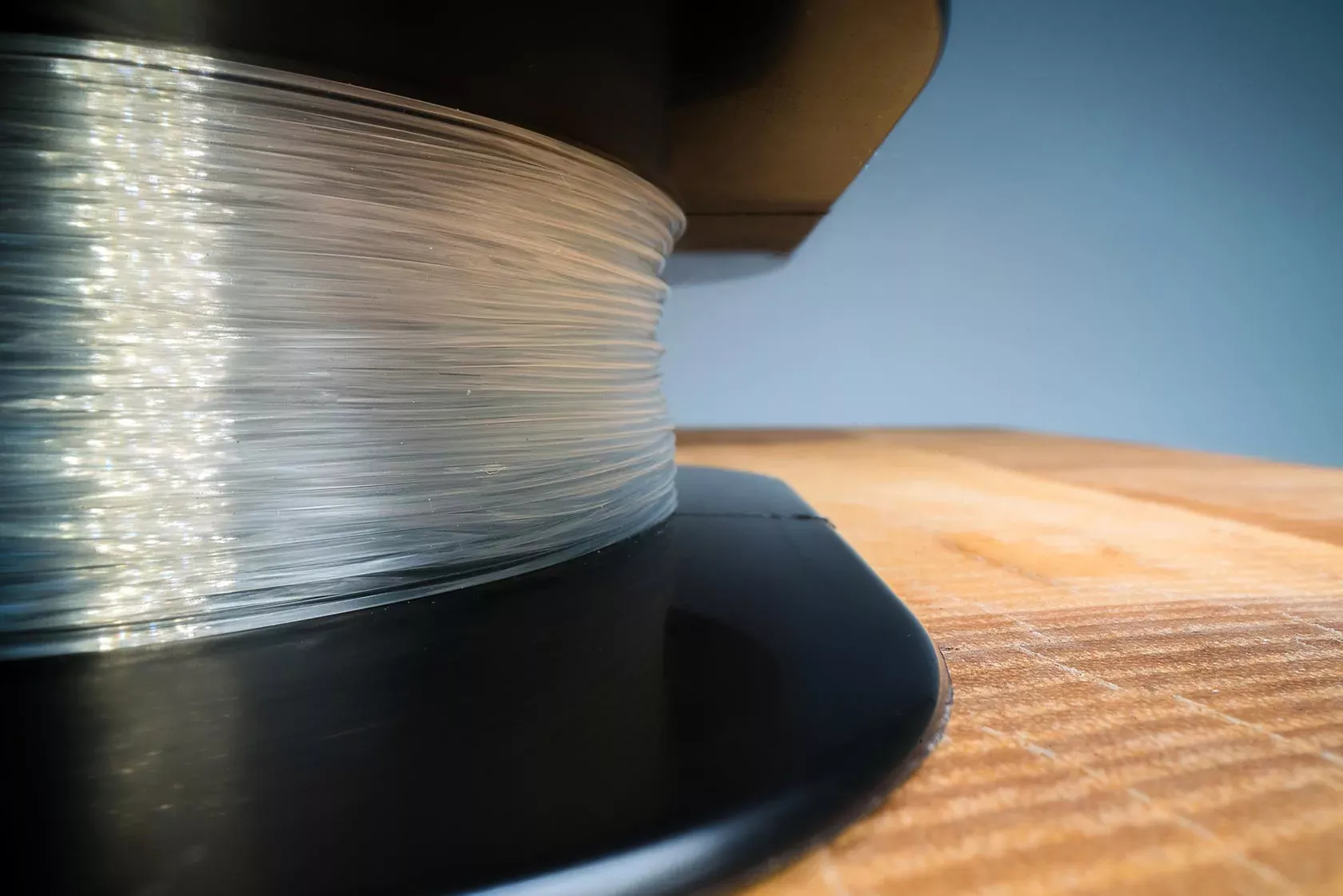
Fluorocarbon (Fluoro): The Invisible Specialist
When I’m fishing clear water or using finesse presentations, fluorocarbon is my go-to. It’s nearly invisible underwater and its low-stretch, high-density nature gives you incredible sensitivity for feeling subtle bites. It sinks, which helps get lures like jigs and Texas rigs—two of the best bass fishing rigs for fishing near the bottom-down deep faster. Pro Tip: Use a line conditioner to reduce stiffness and memory on spinning reels.
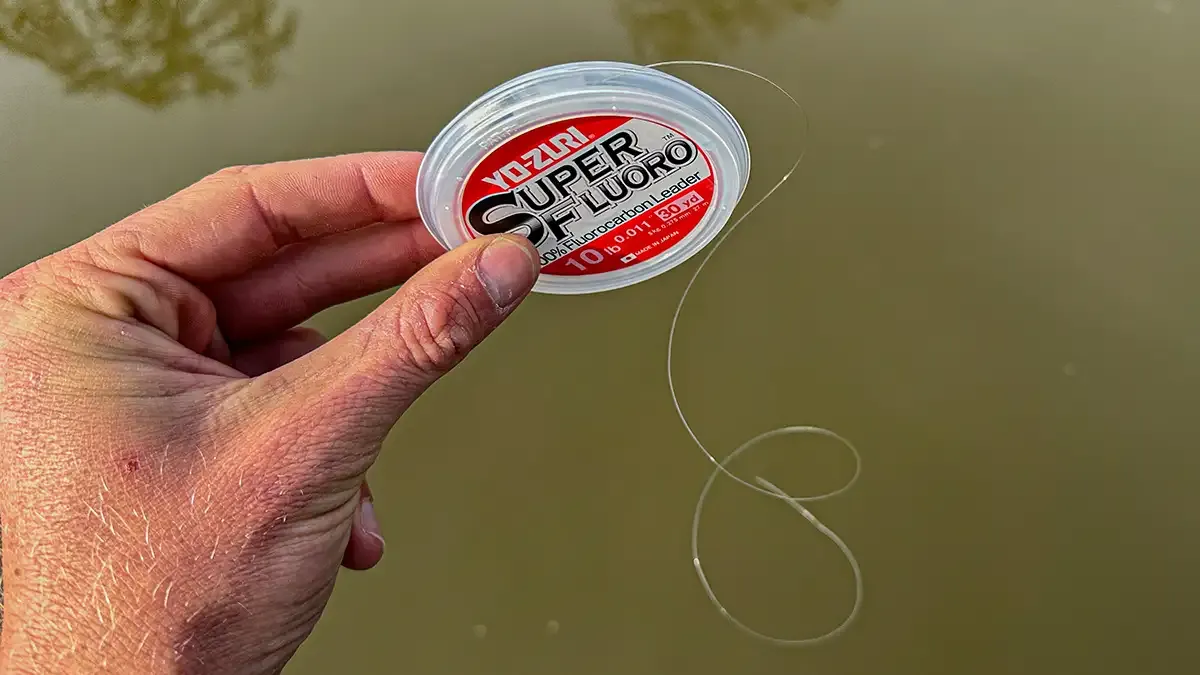
Braided Line (Braid): The Powerhouse
For punching mats, flipping heavy cover, or frogging, braid is hands-down the best fishing line for bass. It's incredibly strong for its tiny diameter and has zero stretch, giving you maximum power to pull fish out of thick vegetation and unmatched sensitivity to detect bites. In clear water, I always add a fluorocarbon leader to remain stealthy.
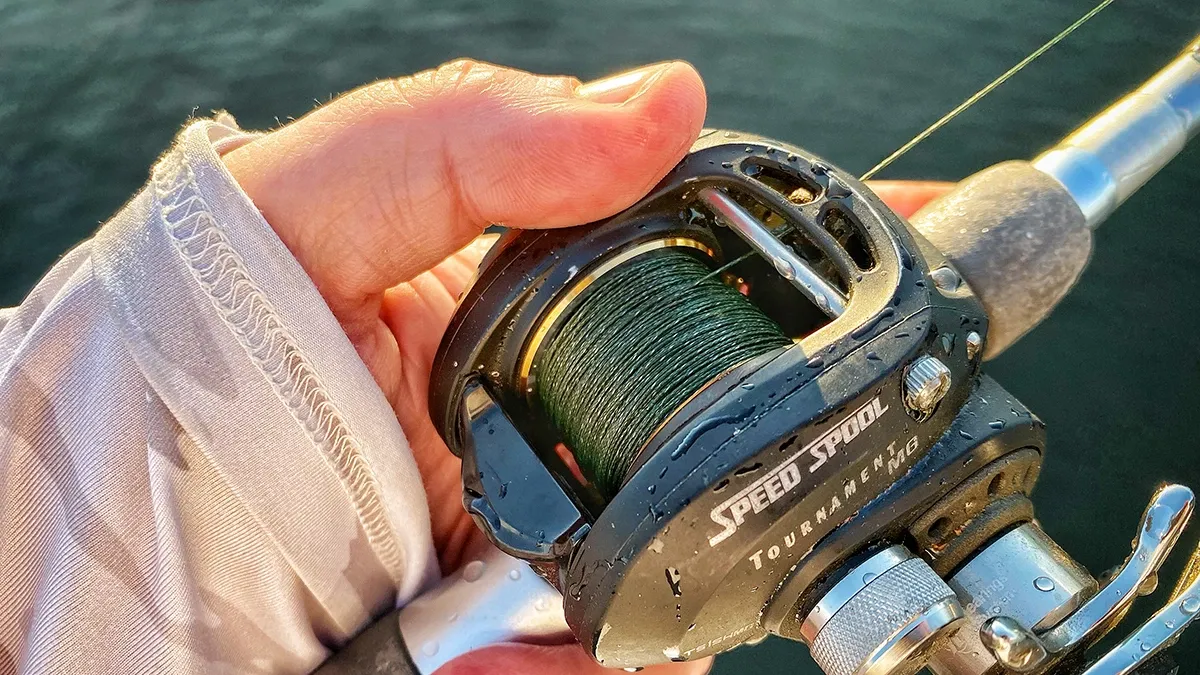
How to Match Your Line to Your Bass Fishing Technique
The "best" line changes with your lure and location. Here’s my personal cheat sheet:
For Topwater Lures (Poppers, Walking Baits):
- Line: Monofilament
- Reason: It floats and the stretch is perfect for preventing you from pulling out the treble hooks commonly found on many of the best bass fishing lures.
- My Pick: 12- to 15-pound mono.
For Finesse Techniques (Drop Shot, Wacky/Ned Rigs):
- Line: Fluorocarbon
- Reason: It's invisible in clear water and highly sensitive for detecting light bites. This light line is crucial for a natural presentation, especially when paired with the specialized, small-gauge models that are among the best hooks for bass fishing when using finesse tactics.
- My Pick: 6- to 8-pound fluoro on a spinning setup.
For Heavy Cover (Flipping Jigs, Punching Mats, Frogging):
- Line: Braided Line
- Reason: Zero stretch for powerful hooksets and superior strength to cut through vegetation and pull big bass out of cover.
- My Pick: 50- to 65-pound braid.
For Moving Baits (Crankbaits, Spinnerbaits, Chatterbaits):
- Line: Fluorocarbon
- Reason: It sinks to help baits run deeper and its sensitivity lets you feel every vibration and deflection off cover.
- My Pick: 10- to 14-pound fluoro.
Field-Tested: Our Top 4 Best Bass Fishing Lines for 2025
After countless hours of testing, these are the lines I trust. They cover virtually every bass fishing scenario you'll encounter.
1. Seaguar InvizX - Best All-Around Fluorocarbon
For all-around finesse and clear-water applications, InvizX is my go-to. It's nearly invisible, has excellent knot strength, and is softer and more manageable than many other fluoros. I run 8-pound test on my spinning gear.
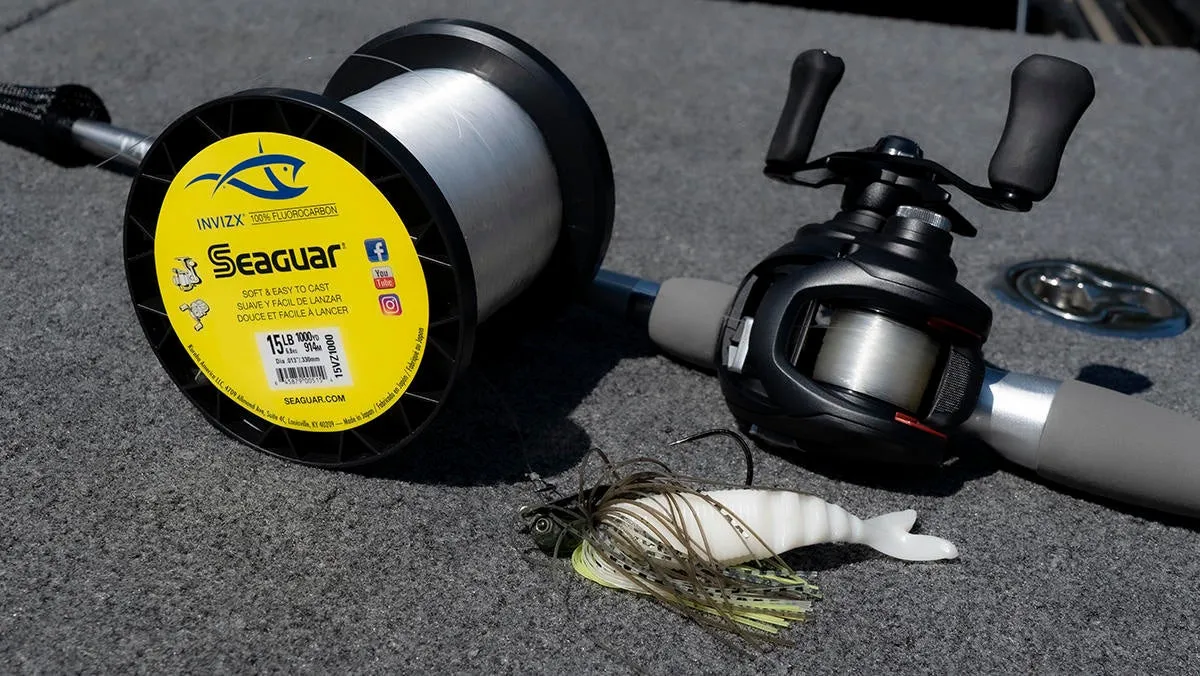
2. Sufix 832 Advanced Superline - Best Heavy Cover Braid
When I'm punching mats or frogging, Sufix 832 is the king. It's ridiculously strong and abrasion-resistant. Its smooth, round profile allows for bomb casts and it lays perfectly on the spool. I use 50- to 65-pound test for wrestling giants out of the thick stuff.
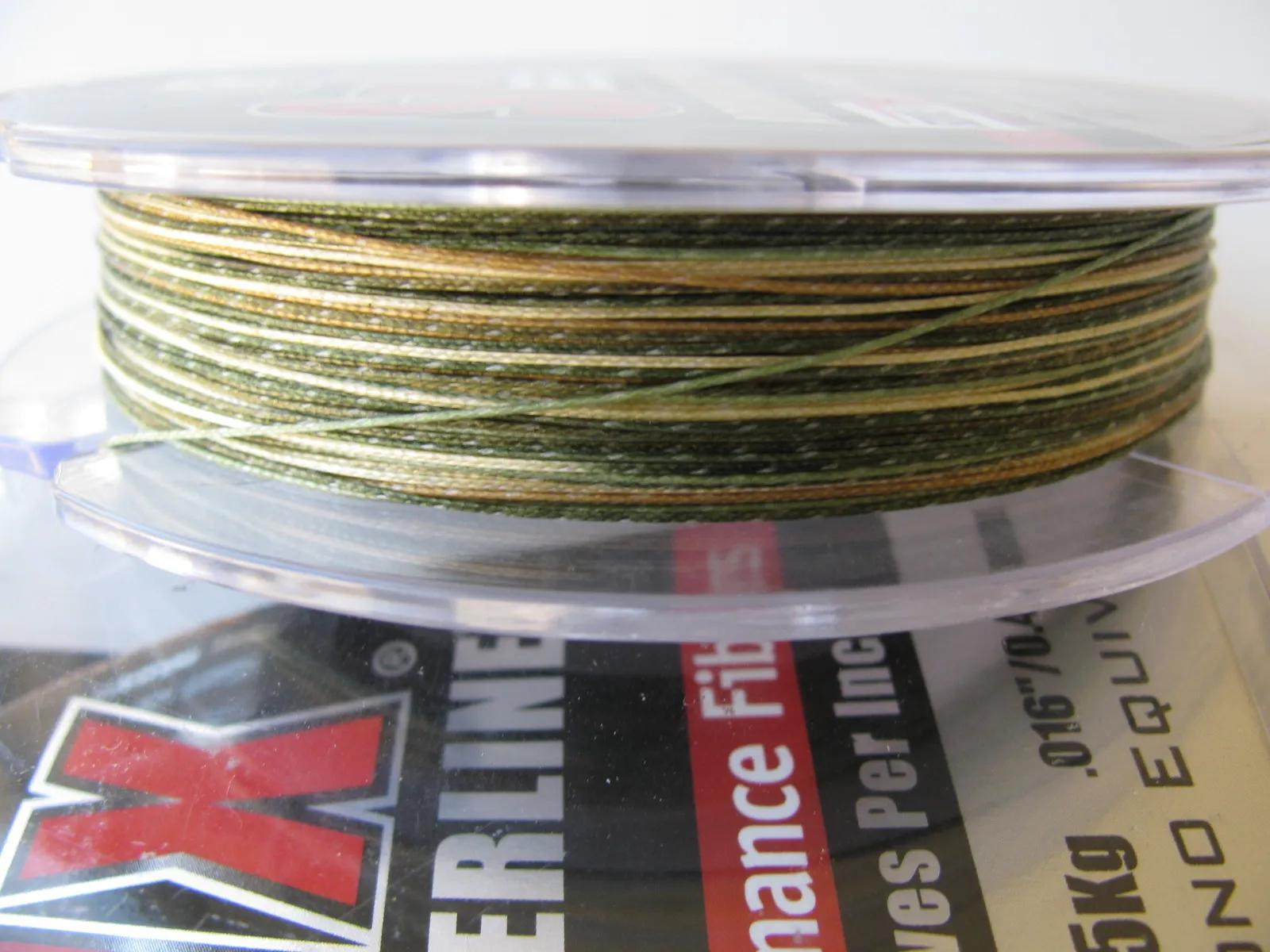
3. Berkley Trilene Big Game - Best Value Monofilament
When I need mono for my topwater baits, I always come back to Big Game. It’s affordable, durable, and reliable. It has just enough stretch for treble hooks and is tough as nails. The 12-pound test is a perfect workhorse.
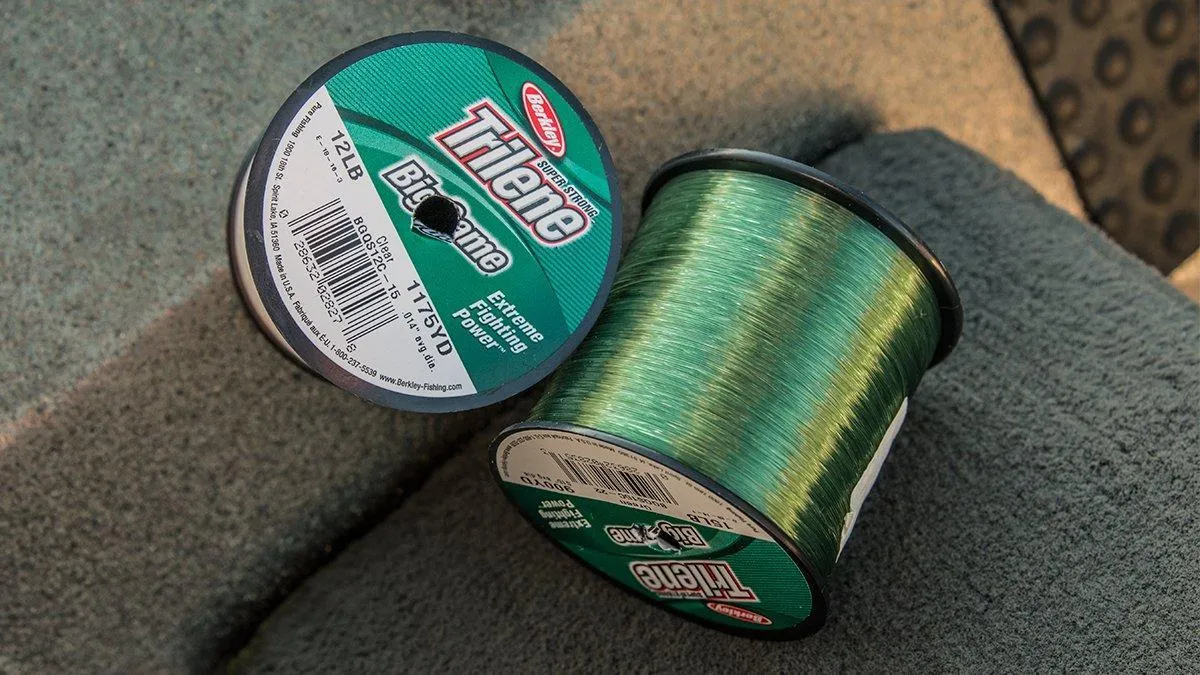
4. Sunline Sniper FC - Best Premium Fluorocarbon for Power
For fishing jigs and Texas rigs around rock or wood, Sniper FC is my choice. It offers an elite combination of abrasion resistance and sensitivity. It’s a bit stiffer, making it perfect for power techniques on baitcasting gear.
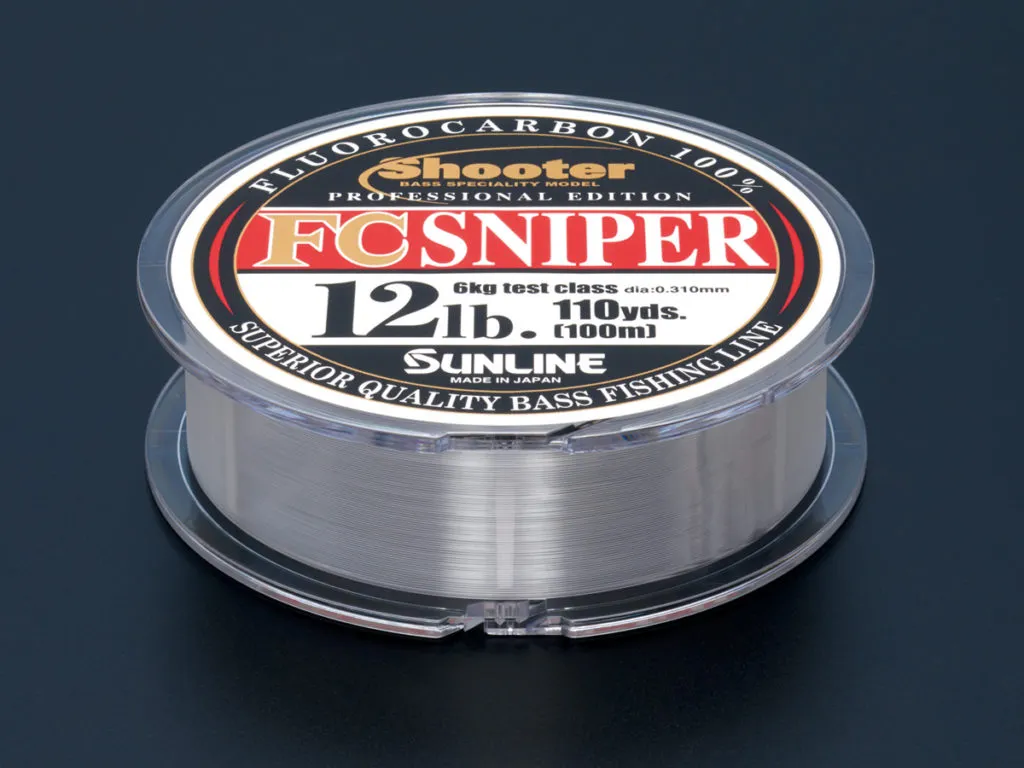
Pro Secrets: Tournament-Winning Line Choices of the Experts
"They don't have one 'best' line; they have the RIGHT line for every situation."
If you want to fish like a pro, you need to think like one. Their line choice is a strategic weapon.
I’ve watched Greg Hackney punch thick mats in Florida using 65-pound braided line without hesitation. He’s not doing it because it's trendy; he’s doing it for the raw power needed to extract a 6-pounder from dense hydrilla.
On the other end of the spectrum, finesse masters like the late Aaron Martens swore by light 5- to 7-pound fluorocarbon for drop-shotting on pressured lakes. The invisibility and sensitivity gave him a decisive edge.
What separates pros is their meticulous attention to their bass fishing line setup. They don't have one "best" line; they have the right line for every situation.
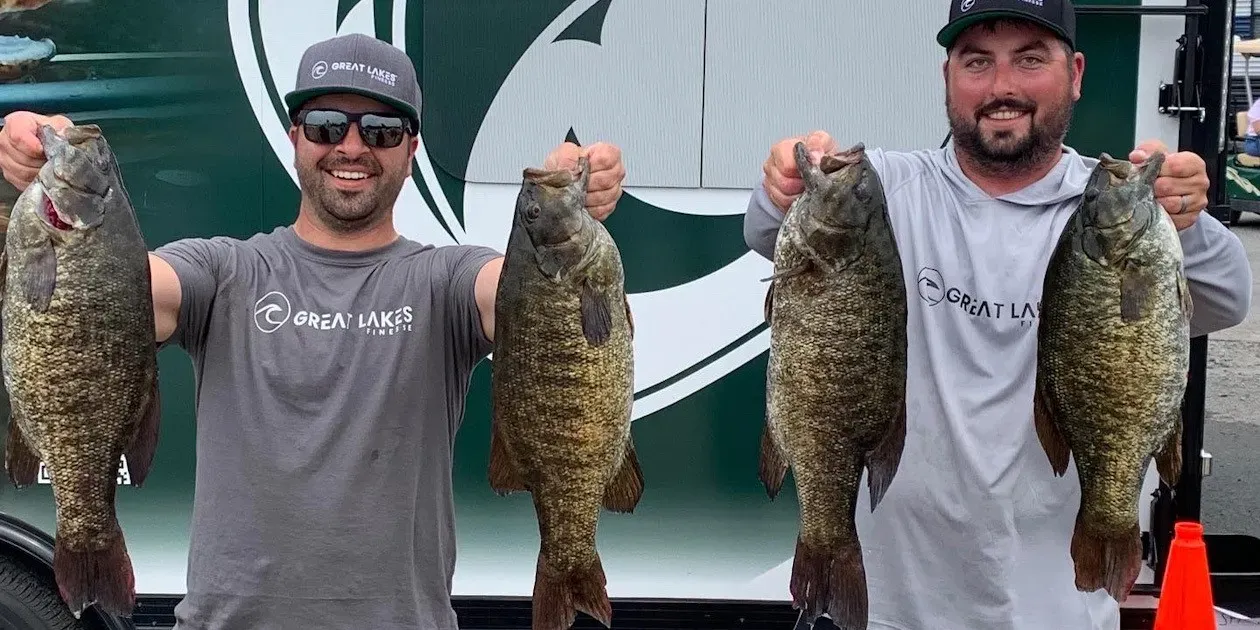
5 Steps to Choosing the Right Bass Fishing Line
Feeling overwhelmed? Just run through this simple checklist.
1. What Technique Are You Using?
This is the #1 question. Topwater demands a floating line (mono/braid). Finesse rigs in deep water demand a sinking, sensitive line (fluoro).
2. What Are the Water Conditions?
In crystal-clear water, stealth is key, making fluorocarbon the winner. In muddy water, visibility doesn't matter as much.
3. What Cover Are You Fishing?
Around sharp rocks or docks, you need abrasion resistance (fluorocarbon). In thick grass or lily pads, you need a line that slices through cover (braid).
4. What Is Your Rod and Reel Setup?
The balance of your entire system is critical. Ensuring your line choice complements the action of your best bass fishing rod and the specific capabilities of your bass fishing reels is key for smooth performance and fewer frustrations.
5. What Is Your Budget and Comfort Level?
Mono is the most affordable and easiest to manage. Braid and premium fluoro cost more and require better knot-tying skills (like tying a leader).
FAQs
Conclusion
Ultimately, the search for one single 'best' line ends here. The real power isn't in the product itself, but in your knowledge to choose the right tool for the job-whether that's heavy braid for thick cover or light fluorocarbon for finesse. You are now equipped to choose the best fishing line for bass with confidence.
Ready to master the topic completely? Take your expertise to the next level with our Ultimate Guide to Fishing Line.
Aviv Nguyen is a passionate fisherman who loves sharing stories and tips from his fishing adventures. Whether it’s freshwater or sea, he finds joy in every cast and aims to inspire others to enjoy the great outdoors through fishing.
Share This Post With Friends

